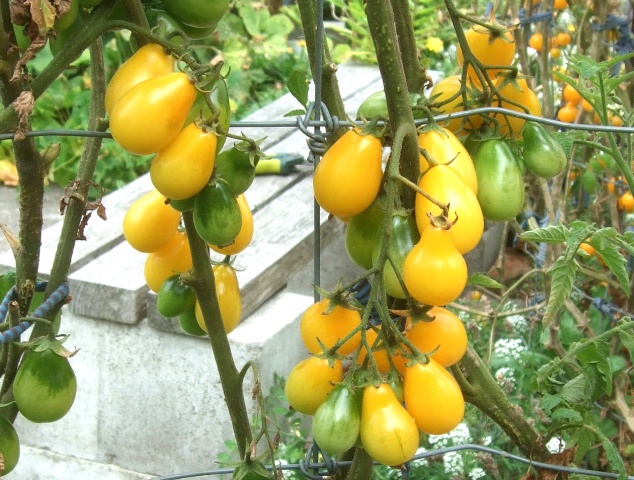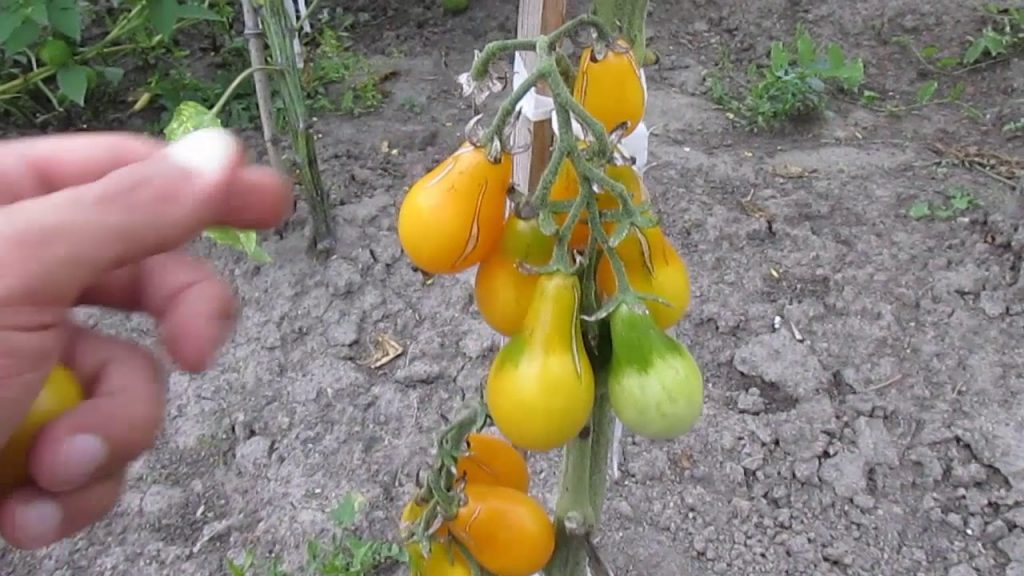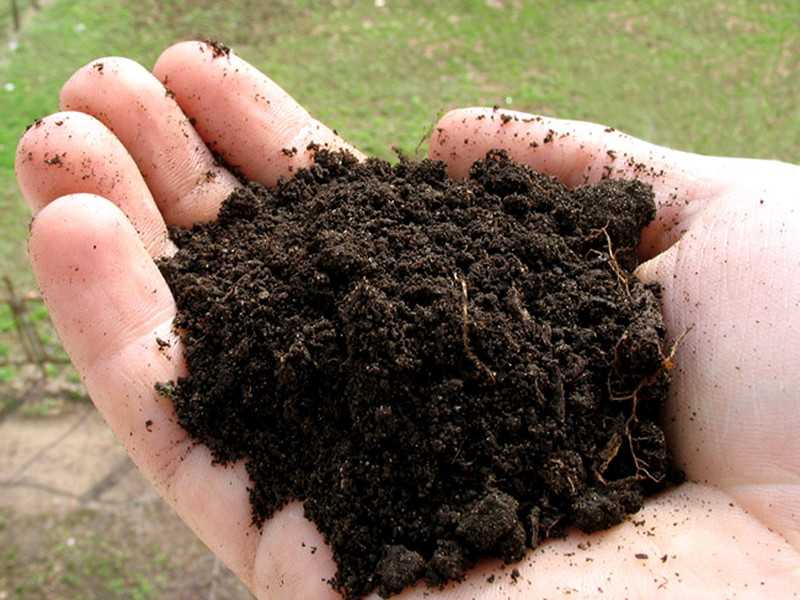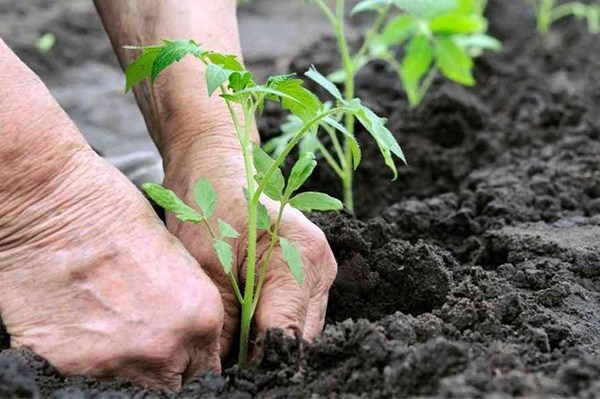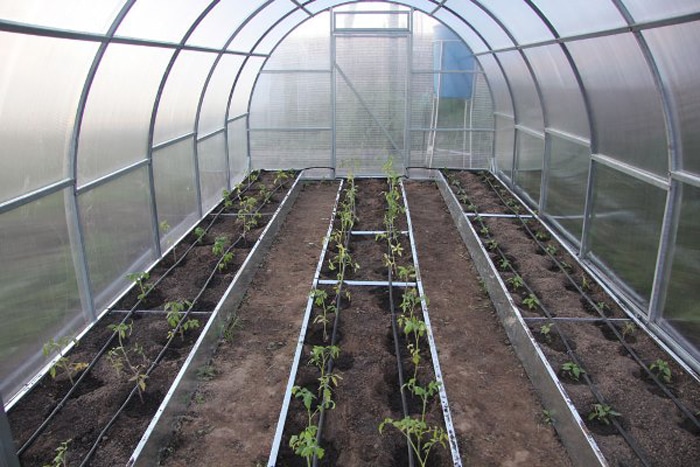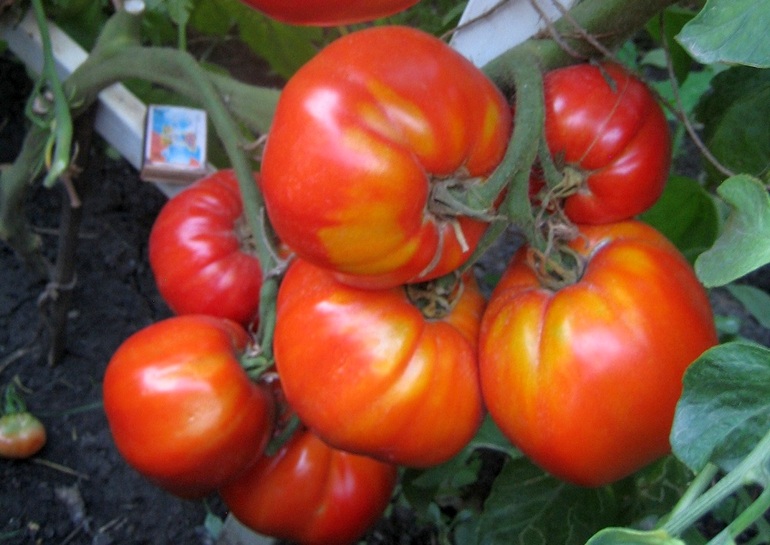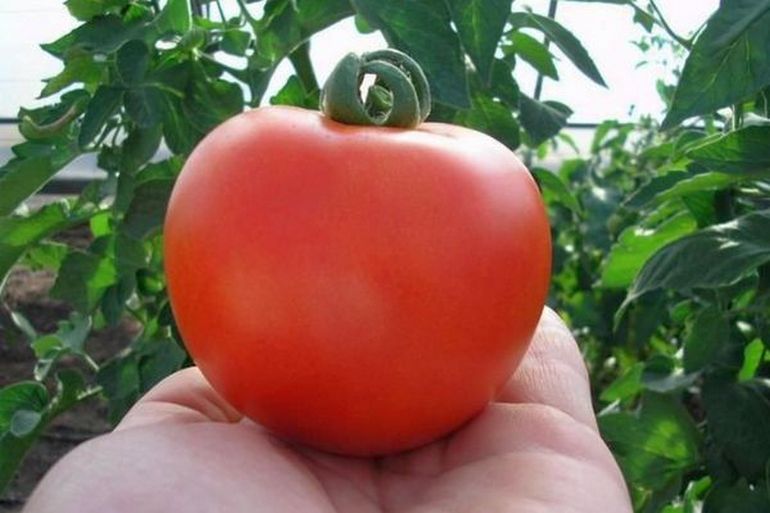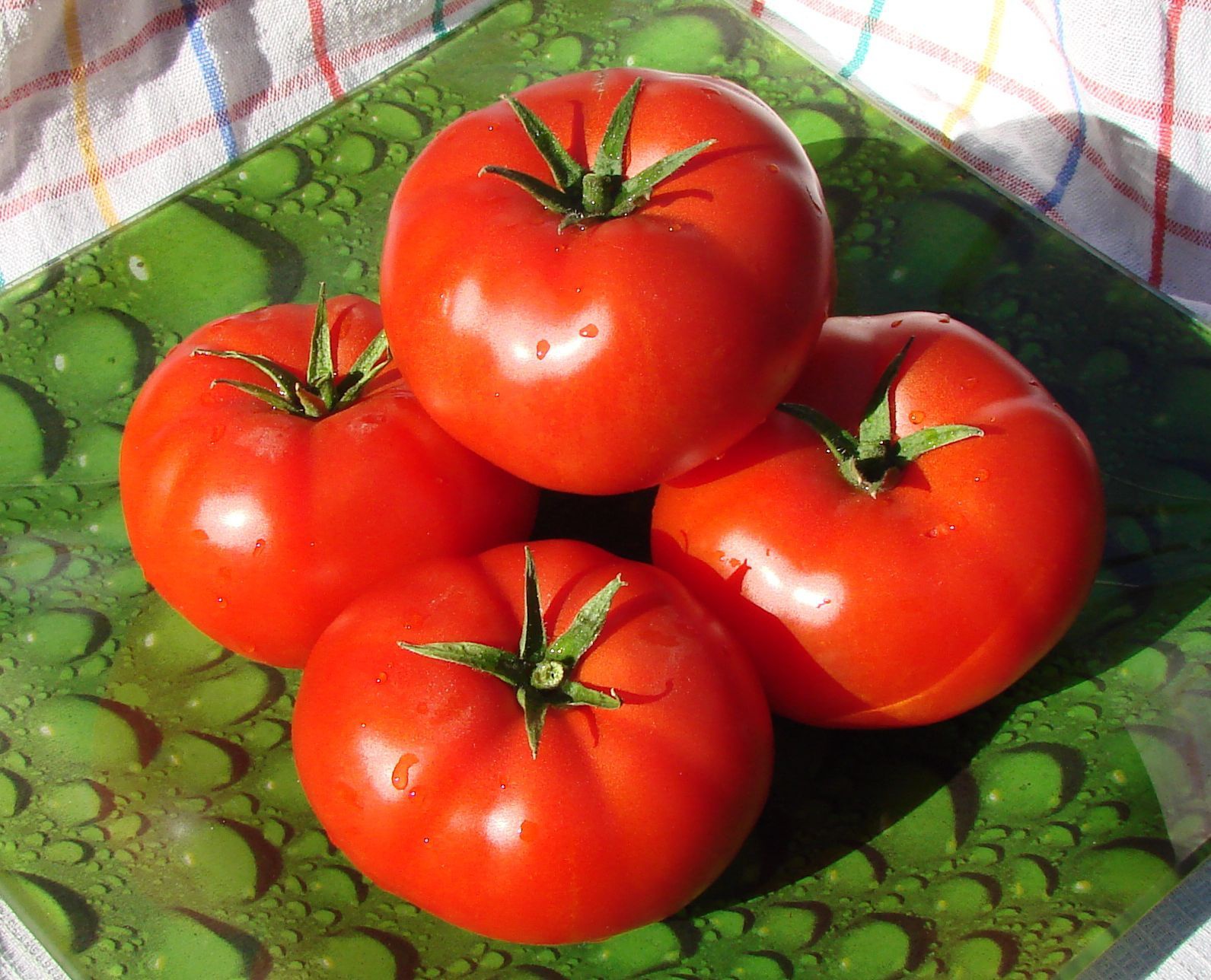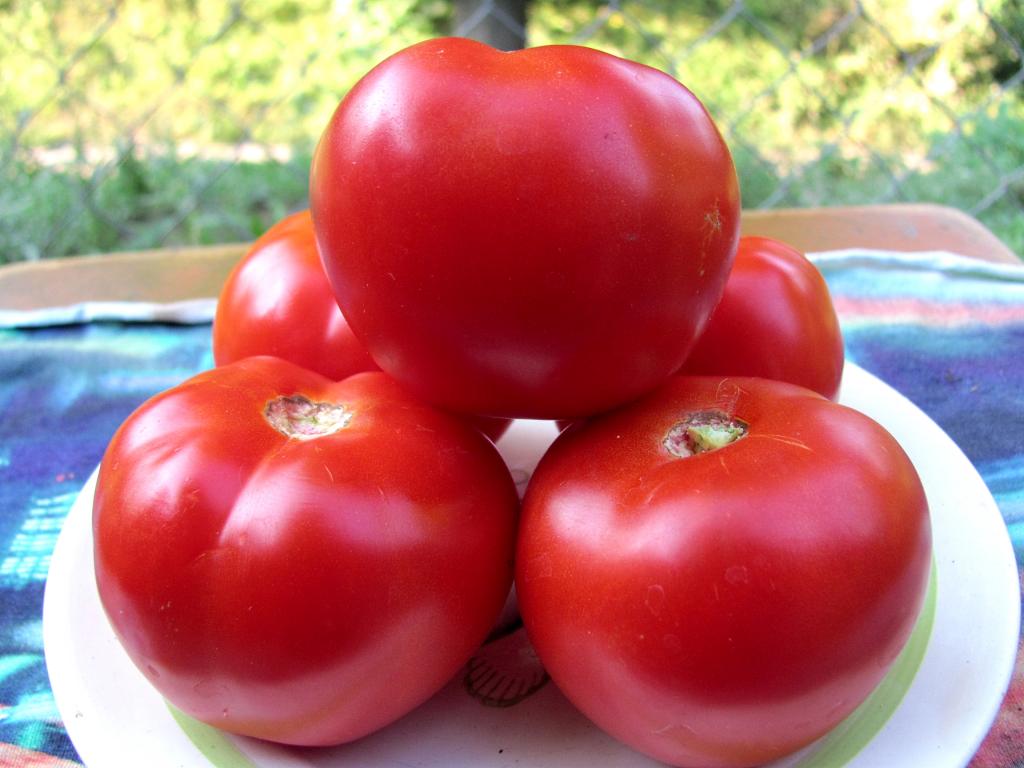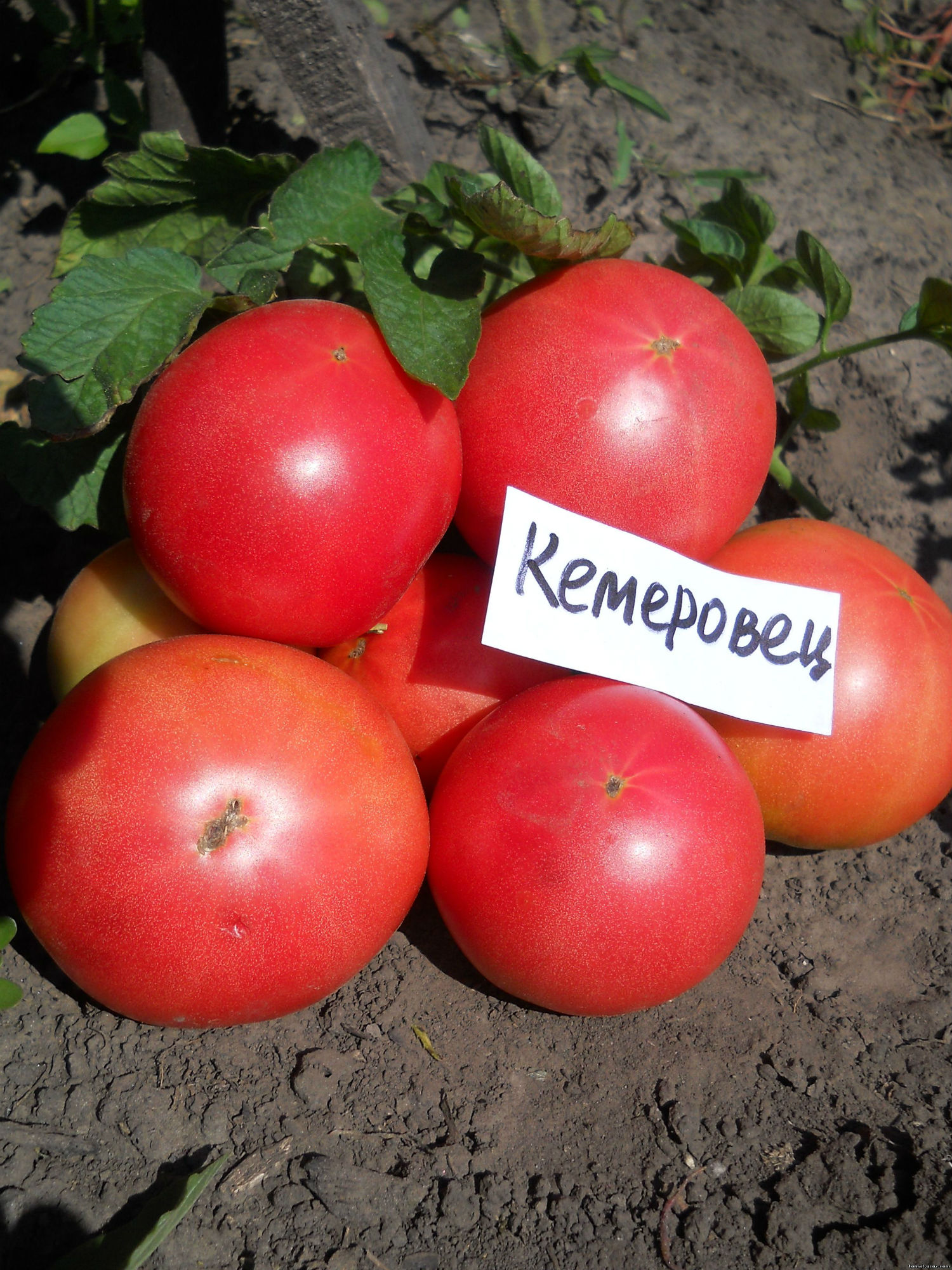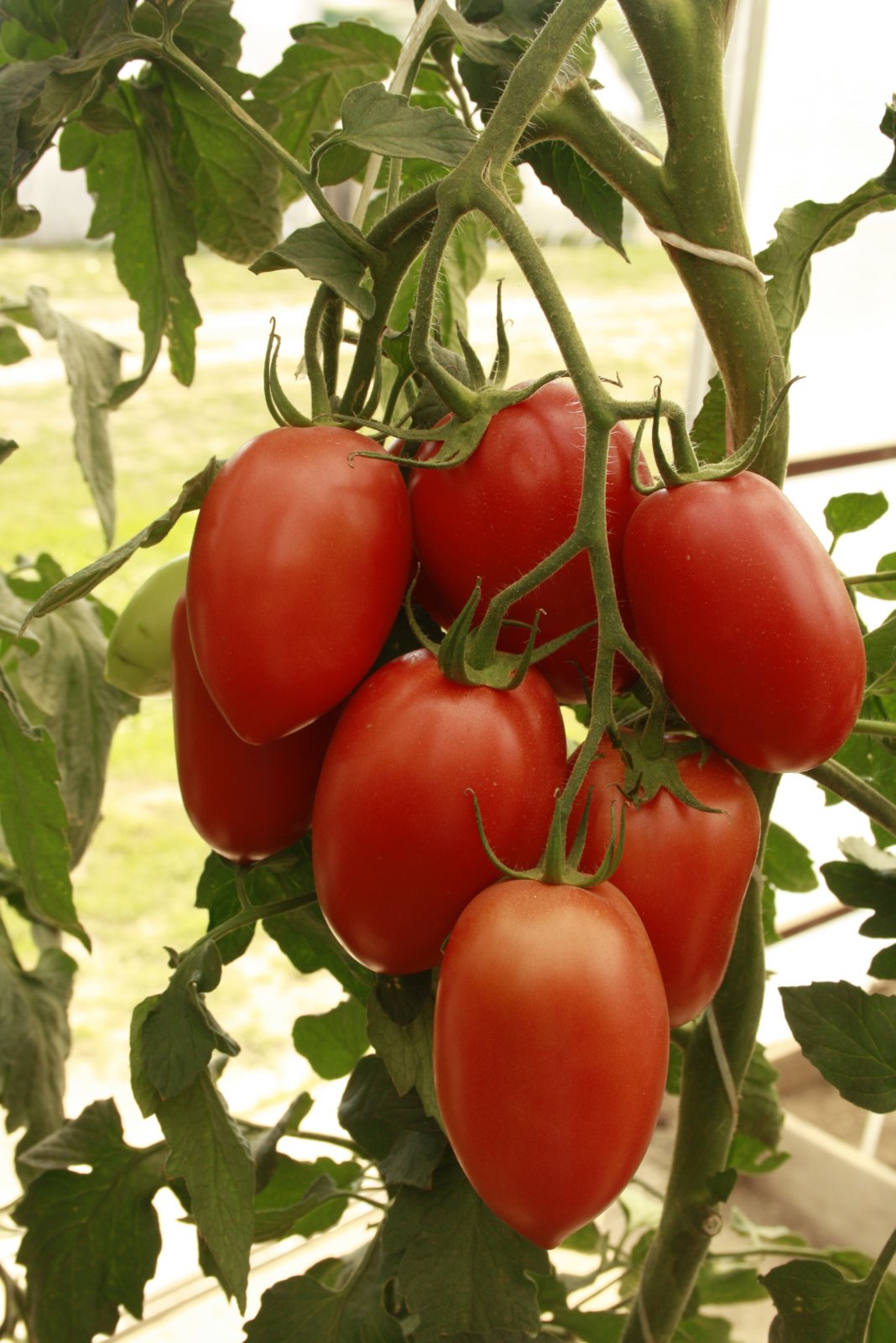Content:
In terms of their taste, yellow tomatoes are in no way inferior to widespread red ones. One of them - the tomato honey drop, is called a vegetable miracle. The original look and taste of the tomato is combined with yield and disease resistance.
Characteristic of Honey Drop
This mid-early variety is an achievement of breeders in Russia, created for growing indoors. It belongs to the Cherry tomato group. Tomato Honey Drop, characteristics and description of the variety:
- teardrop-shaped fruit of bright honey-golden color;
- dense thin skin;
- juicy sweet pulp without wateriness;
- three-chambered fruits with a sufficient number of soft seeds;
- the formation of long, fan-shaped clusters containing about 15 pieces of tomatoes (sometimes up to 25);
- small size of fruits - weighing up to 30 g, most often from 12 to 15 g.
Tomato Golden Drop is an indeterminate type of plant and has great vigor. Tall bushes reach a length of 2.5 meters when grown in greenhouses and about 1.5 meters when planted in open ground. The plant has a powerful root system. Branched bush, moderate foliage. Large, dark green foliage is similar in structure to potato. Inflorescences of intermediate type.
This is a mid-early variety, from sowing seeds to ripening of the first fruits, it takes from 100 to 105 days. The tomato has a good yield. From each bush you can get about 2 kg of vegetables, and from 1 sq. m - up to 5 kg. The fruiting period lasts from mid-summer to early October. There is also a similar variety - the pink drop tomato, which is distinguished by its early maturity.
Taste properties
The Honey Drop variety has acquired its name for a reason, because it is the sweetest of all tomatoes, due to the highest sugar content. Therefore, the tomato droplet is a favorite of children. The share of dry matter is about 6% and sugar is 3.8%. Possessing a pleasant, slightly honeyed flavor and a beautiful shape, tomatoes are widely used for canning whole fruits and preparing salads. They make delicious jam, soup, tomato juice, side dishes.
Growing technology
Tomato variety Droplet is adapted for growing both in greenhouse conditions and in the open field. However, the greatest yield is achieved with greenhouse cultivation. The process begins with the cultivation of seedlings.
Seedling care
The maximum germination (up to 96%) is possessed by 2-3-year-old seeds. They can be bought or obtained from ripe fruits, since the variety is original. However, occasionally f1 appears in the name, which is a sign of hybrid, improved versions. The tomatoes that have reached full ripeness are cut, wiped and washed through a sieve. The dried seeds are placed in bags and stored in a dark place. They remain viable for 7 years.
Before sowing, the seeds are disinfected by soaking them in an aqueous solution of potassium permanganate; hydrogen peroxide can be used. It is recommended to carry out treatment with growth stimulants, you can use freshly squeezed aloe juice. Sowing begins in early March.
Soil for seedlings is mixed from humus, garden soil, sand or vermicult. After disinfection, potash fertilizers and a little superphosphate are added.Seeds are sown at a shallow depth (1-2 cm) at a temperature of 22-25 degrees. It is recommended to cover them with foil.
Further care consists in warm watering with settled water. It is required a couple of times to apply fertilizing from complex mineral fertilizers. The emergence of seedlings should be expected in 1-1.5 weeks.
As soon as the appearance of the first 2 full-fledged leaves is observed, the tomatoes are picked into separate pots and fed with liquid mineral fertilizers. To stimulate the development of the root system, it is recommended to pinch the main root a little. The stem is immersed in the soil layer to the level of the leaves.
Before transplanting plants to a permanent place, it is necessary to carry out a hardening procedure. The seedlings should stand outside for several hours. After 2 days, the plants are kept in fresh air throughout the night.
Bedding
The tomato is ready for transplanting at the age of 55-60 days. The time of planting seedlings in a permanent place depends on the place of cultivation:
- to the greenhouse - in early May;
- in open ground - in late May or early June.
The seedlings are immersed in the pre-heated soil of the greenhouse, placing them at a distance of 40-45 cm from each other. For planting in open ground, the soil temperature is from +13, and the air temperature is from +15 degrees. There should be a space of about 70 cm between the rows, but tomatoes feel good even when the gap is reduced to 45 cm. The plant is characterized by a high-intensity formation of stepsons. Usually gardeners lead bushes in 2, less often in 3 stems above the first tied brush.
It is important to monitor the quality of the soil. Honeydrop tomatoes require annual replacement of the top soil in the greenhouse. Tomatoes grow well in place after cabbage, spicy greens, or legumes.
Care
In general, Golden Drop tomatoes are quite unpretentious and can delight with the harvest even with less care. But, if you want to get the maximum result, then you should follow the rules of care:
- Tomatoes develop faster in bright sunlight. In cloudy weather, it is advisable to give plants additional lighting using electric lamps;
- The honey drop does not tolerate high levels of humidity, so it is worth limiting watering somewhat. It should be moderate - no more than 1 time in 6 days. Excess moisture contributes to the cracking of tomatoes, increasing the risk of infection;
- It is recommended to promptly remove fast-growing lateral stepchildren above 1-2 brushes in order to avoid overgrowth and deterioration of the formation of ovaries;
- Tall stems require reliable support as they grow, so methods of tying should be foreseen in advance. Plants in the open field are attached to the net, stakes. It is recommended to place greenhouse vines on horizontal or vertical trellises;
- The honey drop loves fertile soil and responds well to top dressing. Every 2 weeks, you should alternately use aqueous solutions of complex organic and mineral fertilizers, especially potassium and nitrogen fertilizers. The formation of ovaries serves as a signal to start feeding the plant with potash fertilizers, which accelerate the ripening process;
- At the end of the growing season, the smallest ovaries are removed to give food to the rest;
- It is necessary weekly loosening of the soil under the tomatoes, getting rid of weeds;
- It is recommended to ventilate the greenhouse more often.
Harvesting
Ripe tomatoes are removed from the bush one by one or with whole brushes at once. They can be harvested at the stage of blanche ripeness, as they have the property of rapid ripening in a dark room. The fruits are characterized by excellent keeping quality. For two months they do not lose their elasticity and taste.
Disease and pest resistance
Tomato Yellow Drop is renowned for its excellent resistance to all typical diseases typical of this vegetable. Even late blight, gray rot and black leg are powerless against it.But, in order to avoid infection, it is not recommended to keep it close to other varieties of tomatoes, plant it too closely. Its protective properties are especially evident in open ground.
To increase resistance to diseases, it is recommended to mulch the soil with peat or straw. Frequent spraying with antifungal and antiviral agents is helpful. Fitosporin has proven itself well, acting against gray, apical and root rot.
Airing and mulching of the soil help against harmful insects. It is recommended to spray the plants with a solution of hydrogen peroxide, celandine broth or onion husks. These measures protect the plant from thrips, whiteflies and spider mites. In the fight against aphids, an aqueous solution with laundry soap helps.
Advantages and disadvantages of the Honey Drop variety
Like any other vegetable crop, the Honey Drop tomato has its own advantages and disadvantages. The undoubted advantages of the variety include the following factors:
- high germination rate of planting material;
- excellent disease resistance;
- good yield level;
- excellent taste of fruits;
- a large proportion of pulp makes them more satisfying, while their calorie content is low;
- is resistant to drought, temperature drop;
- the small size of the fruit makes them ideal for canning;
- beautiful golden color;
- have excellent keeping quality.
The disadvantages of the Honey Drop variety include the following factors:
- the height of the plant requires the arrangement of supports for support;
- the need for the constant removal of stepsons;
- exactingness to the composition of the soil.
As you can see, the advantages of the Honey Drop variety more than cover all the disadvantages. The richness of the harvest and excellent taste are its obvious advantages over other varieties. No wonder this tomato is so popular among gardeners. The variety is successfully grown in small and medium-sized farms and private backyards.
